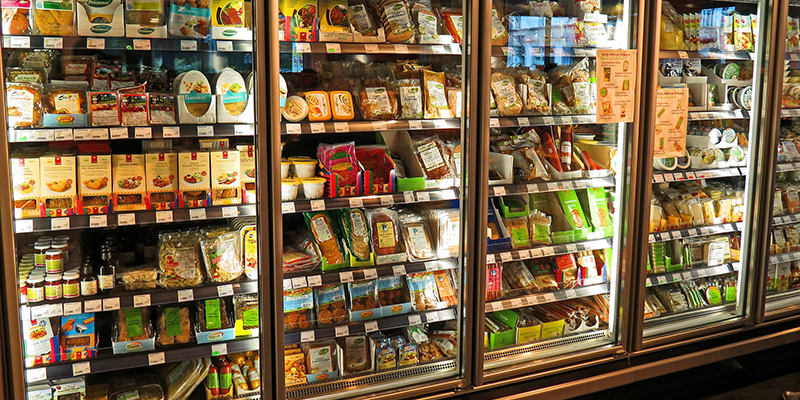A recent report published by the European Commission estimates that about 100 million tons of food are wasted annually in the EU. The previous data made public in 2012 was about 89 million tons. The problem, far from solved, has been aggravated. If remedial action is not taken, it is estimated to reach 126 tons in 2020. This means that each European currently waste more than 200 kilos of food every year, and does so in all stages of the food chain:
• Households are responsible for 42% of total waste, more than half avoidable and due to the lack of awareness, the lack of knowledge about the efficient use of food, the attitudes (cultural, undervaluation) and the lack of planning for shopping.
• The food manufacturing sector is responsible for 39% of total waste.
• The sectors of restaurant and catering are responsible for 14%.
• The sectors of the food retail and wholesale are responsible for 5% of total waste.
European authorities are very concerned about this serious problem that not only raises ethical, economic, social and nutritional issues, also has health and environmental consequences. For this reason the European Union is working to improve the efficiency of the food chain by proposing actions to different sectors. And the problem is not unique to Europe, is now estimated that around a third of the food for human consumption is wasted, this means 1,300 million tons per year. To curb it, community leaders plan to invest in research and technology, stimulate local markets, making information campaigns to raise awareness and involve the entire food chain. The goals are ambitious: reducing waste to levels close to zero. With these 7 tips, you can reduce up to 60% of food wasted at home:
1. Plan menus checking the ingredients you have at home and that should be checked periodically. Prepare a shopping list with only what is needed.
2. While shopping, adjust to the list and preferably buy fresh and retail products (pieces of fruit and vegetables, meat or fish pieces or weight) no longer packaged to buy the amount you actually need.
3. Store the products properly, depending on the product. Place at the front the oldest products to be consumed first.
4. Check expiration dates and preferred consumption. The latter can be consumed with expired date.
5. Serve small portions, better repeat than leave food on the plate.
6. Harnessing leftovers: storing leftovers for dinner or for next day, and if not freeze them. The overripe fruit can be used to make smoothies, jams or marmalades and vegetables for soups and purees.
7. At the restaurant ordering food that is leftover because otherwise it will go directly to the trash. Free buffets are one of the hotelier’s procedures in which more food is wasted.
Some countries opt for the creation of platforms for sharing information and food, mobile applications that alert if a food expires and contact with a receiver, offers 3×2 deferred offers, campaigns in schools and dining groups, community refrigerators at street level, creative recipes with leftovers. It deserves special mention food banks which community leaders recognize their exceptional work.
Spain is the sixth country with more food waste in the EU (7.7 million tonnes) after Germany (10.3), the Netherlands (9.4), France (9), Poland (8.9) and Italy (8.8) according to 2012 data.
An example to follow
The American chef Dan Barber, one of the best known ecochefs and adviser to Obama in nutrition, transforms for a while the New York local restaurant Blue Hill at WastED. He offers menus based on foods that are usually thrown in the collection or distribution or leftovers in the preparation of dishes. According to the chef, they have a gastronomic value.
